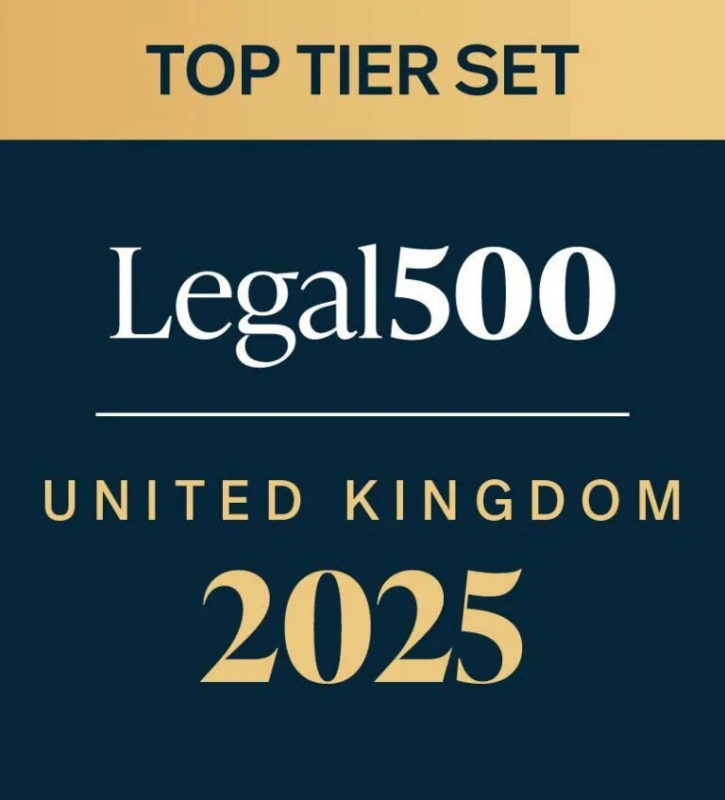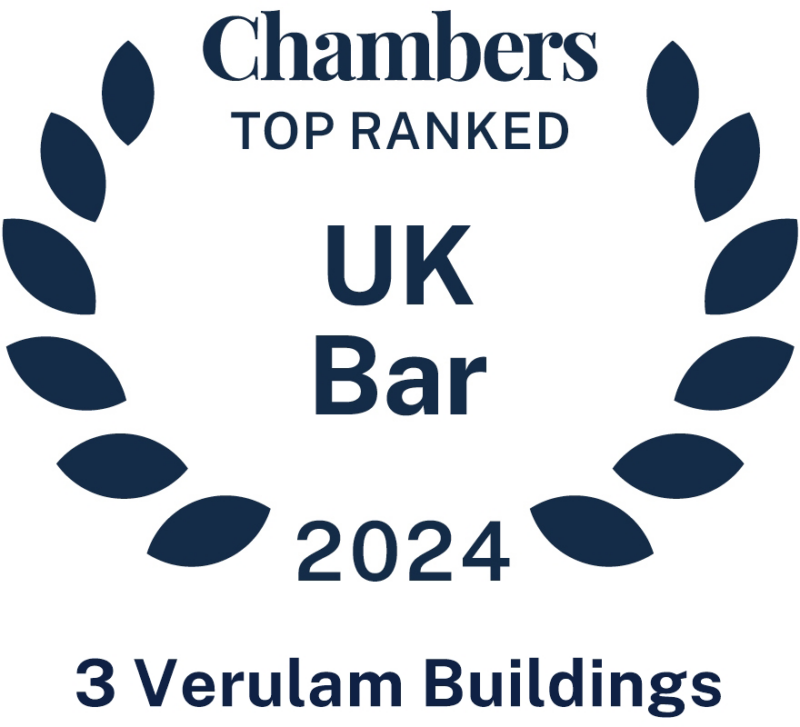Andrew Onslow QC and Kate Holderness successfully defend appeal against High Court order permitting amendments after expiry of limitation period
Andrew Onslow QC and Kate Holderness act for the Libyan Investment Authority and its subsidiaries (the LIA) in their claims for fraud against companies and individuals with whom the LIA entered into a joint venture agreement for the purchase and development of property in Hertfordshire as a hotel complex and retail village. Andrew and Kate were instructed by Mathew Ditchburn and Ben Willis of Hogan Lovells.
In 2018 the Defendants made an application to strike out the claims against them and for summary judgment against the LIA (then represented by other Counsel). That application was granted in October 2018, but the Judge (HHJ Simon Barker QC, sitting as a judge of the High Court), gave the LIA an opportunity to make a further application to amend its statements of case.
That application was duly made, and was heard by the same Judge. The LIA was now represented by Andrew and Kate. One of the issues which arose was whether those amendments were permitted by s. 35 of the Limitation Act 1980 and CPR 17.4. It was common ground that the Defendants had an arguable limitation defence, and that the LIA’s amendments gave rise to new claims against the Defendants. The Judge accepted the LIA’s argument that the new claims arose out of the same or substantially the same facts as a claim in respect of which the LIA had already claimed a remedy in the proceedings, and gave the LIA permission to amend its Particulars of Claim pursuant to CPR 17.4: [2020] EWHC 440 (Ch); [2020] 2 WLUK 550.
The Defendants were granted permission to appeal the Judge’s second order. The issue for determination on appeal was whether the learned Judge had jurisdiction to grant permission to amend under CPR 17.4(2) CPR, when construed consistently with s. 35 of the Limitation Act 1980, where: (i) the amendment was sought outside the limitation period; (ii) the Particulars of Claim had been struck out and the then claims dismissed; and (iii) all that remained were the Brief Details of Claim, on the Claim Form. The issue arose because the test under s. 35 is whether a new claim “arises out of the same facts or substantially the same facts as are already in issue on any claim previously made in the original action”, whereas CPR 17.4 refers to the facts of a claim in respect of which a party “has already claimed a remedy in the proceedings”.
The Court of Appeal held – agreeing to this extent with the Defendants – that once pleaded facts have been struck out from a pleading, they cease to be “in issue” or “already in issue”, as required by s. 35 of the Limitation Act 1980. But the appeal was dismissed because – on that footing – the Judge’s October 2018 Order (by which he had struck out the LIA’s Particulars of Claim) had not given effect to the Judge’s clear intention to give the LIA the chance to reformulate its claims. The LIA’s case was that the Court of Appeal could and should correct that order under either the slip rule (CPR 40.12) or CPR 3.1(7). The Court of Appeal (Floyd LJ and Arnold LJ, Nugee LJ dissenting) held by a majority that the Court of Appeal had the power to do so, under both CPR 40.12 and CPR 3.1(7). The Court of Appeal therefore ordered the correction of the Judge’s first order. It followed that the Judge did have jurisdiction to grant the LIA permission to amend its Particulars of Claim when he made the second order.
The judgment can be found here.










